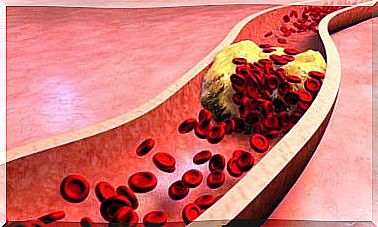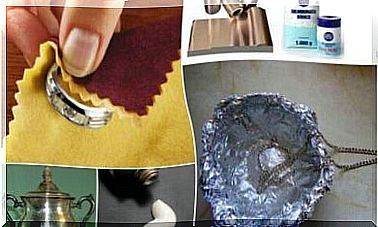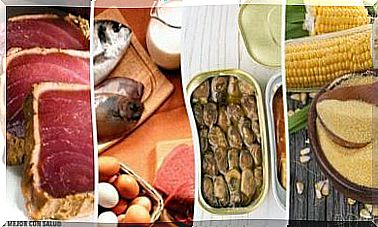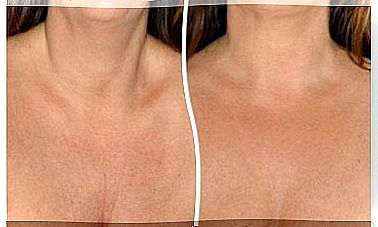Why Are Sensitive Teeth Painful?

Dental structures are very important for our speech, for chewing food, and for the formation of food bolus. Of course, they are also aesthetically pleasing. Therefore, not only can sensitive teeth be painful, but they can affect us in many other ways.
We have all had toothaches in our lives. It is a warning sign that something harmful is happening to our teeth. Stay with us, because in today’s article we explain why teeth are so sensitive to pain.
Tooth layers and sensitive teeth
Teeth have three basic parts (English link):
- Root. This is the part inside the tooth cavity – the invisible part of the tooth that is buried in the alveolar bone. The root is part of the end of a tooth that has been pulled.
- Crown. This is the protruding part of the alveolar bone, so it is visible.
- Neck. This is what connects the root and the crown.
There is a hole through which the vessels and nerves that supply the teeth enter at the base of the root, forming the so-called pulp cavity. A layer of dentin covers and protects this pulp cavity.
The dentin is made of a mineral matrix, specifically calcium hydroxyapatite. This allows this structure to protect the entry of harmful substances into the vessels and nerves of a particular tooth.

Dentin, the protective layer
Dentin is formed by cells called odontoblasts, which are located between the exterior and the pulp cavity. In addition, they have extensions that work their way through the dentin.
When a change in the tooth, such as cavities, affects or destroys the dentin, the odontoblasts are able to repair it and the pulp cavity is well protected.
However, the dentin is not enough to protect the teeth. It needs an even tougher fabric to prevent breakage every time we chew or speak. This substance is glaze.
Glaze, the hardest layer
Enamel is a very hard layer composed entirely of hydroxyapatite. Dentine is also made of this mineral, but to a lesser extent. In addition, cavities created by the extensions of the odontoblasts make it less resistant.
The glaze is white, hard and has a composition of 96% hydroxyapatite. The other 4% contains protein and water. Its composition consists of cells called ameloblasts, which make the enamel before the tooth erupts.
Once a tooth comes to the surface, the ameloblasts degenerate and the enamel never regenerates. As you can see, we have a limited amount of it for life, so it’s important to take good care of it.
Cement, the anchor layer
This substance is located around the root of the tooth, just above the dentin. Also, this layer is softer than enamel, as it contains only 65% hydroxyapatite.
The cement has two layers. One of them contains no cells and forms before the tooth rises. Similarly, cement contains cells and these produce a mineral matrix that forms after the eruption of the tooth as a result of its functional requirements.
The main function of cementum is to anchor the fibers of the periosteum, the layer that covers the bone around the tooth. It’s like the glue that holds the tooth to the cavity.
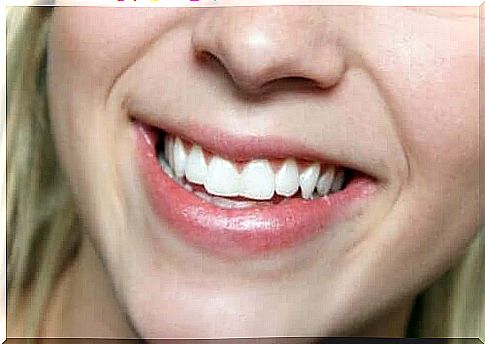
Why are teeth sensitive to pain?
We can answer this question if we know a little about the anatomy of the teeth. As you can see, the dentin has extensions of osteoblast in it. That is, there is communication between the dentin and the pulp cavity, where the nerve endings are.
Enamel doesn’t regenerate, so it stops protecting the dentin when it wears out or when tooth decay eventually destroys it. It is thus more susceptible to external factors. The cavities of the dentin remain open and external stimuli can reach the nerve endings, leading to tooth sensitivity and thus pain.
So to avoid this, you should practice good dental hygiene, visit your dentist regularly, and follow a healthy diet. This is the only way to preserve and protect your enamel and dentin.

